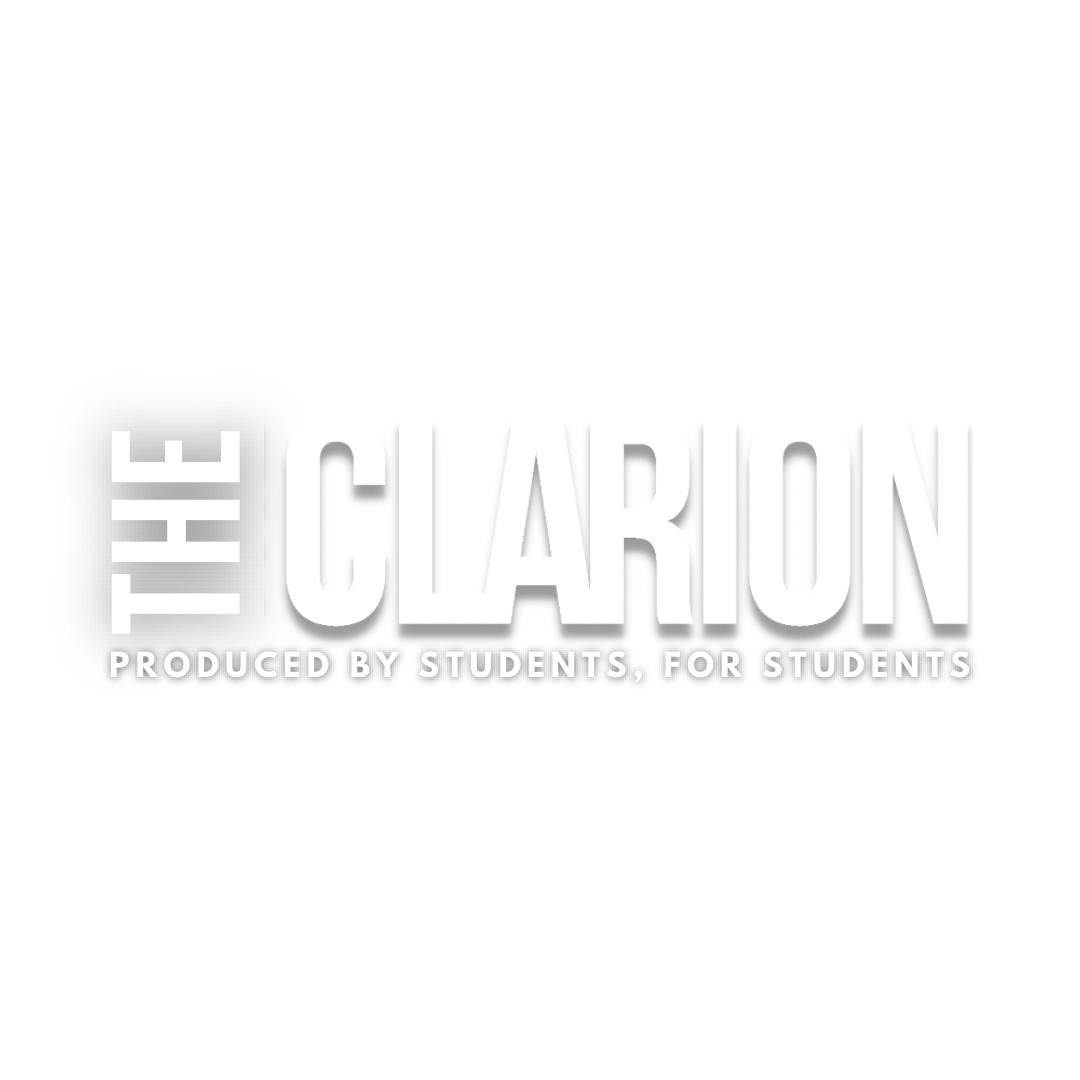A program that Sinclair Community College was involved in offered students cash to understand the affect of performance based scholarships on community colleges.
The programs are run by a nonpartisan, nonprofit organization named Manpower Demonstration Research Corporation (MDRC), which conducts research on ways to improve low-income situations.
MDRC’s National Performance-Based Scholarship (PBS) Demonstration was created in 2008 to see if performance-based scholarships are an effective way to improve performance among low-income students.
The payment the students who achieved the desired requirements is $900 for a part-time student in an academic year (6-11 credit hours) and $1800 for a full time student. The check is sent to the student at the end of the semester after grades are collected.
MDRC worked with Sinclair along with Lorain Community College and Owens Community College during the Ohio portion of the program. A similar program called Opening Doors was in Louisiana from 2004 to 2005.
Sinclair participates in the initiative Achieving the Dream: Community Colleges Count. The initiative helps community colleges make data-driven institutional changes which is intended to increase the number of at-risk students who succeed.
Reshma Patel, a report author for MDRC said that this particular program was not just put in place to gather data, but to help students become motivated.
“We don’t look at a student’s past academic history, this can be viewed as a clean slate or new beginning for some of the students involved,” Patel said. “Financial aid can help with expenses but students often still have needs that are unmet.”
MDRC wanted to increase financial support for students and also give them an incentive to complete courses, which will help them receive their degree according to Patel.
During the study they focused on low-income single parent students and used random assignment to decide what students were chosen to participate.
“Sinclair used group sessions when they showed the information to students,” Patel said. “We notified the students later that they would be in the program or control group.”
Only the people in the program group were offered the scholarship while the control group was followed to see how they performed in school.
“Students in the program group had to receive a 2.0 grade point average in the quarter they were offered the scholarship and they received the bonus,” Patel said. “We decided on a “C” average because that is the average benchmark for students to stay in good academic standing with financial aid.”
The study was conducted through the 2008-2009 school year and MDRC is still following the students now to see how they are doing academically.
“We will release a report on the long term findings of our research in fall 2011,” Patel said. “Inside will be various reports and will have a student survey which talks about time spent studying and use of the scholarship money.”
Some of the funding for the program comes from private investors and the State of Ohio, with the main funding coming from the Bill and Melinda Gates Foundation. According to the Gates foundation website they donated $978,980 to help MDRC with performance based scholarships in January 2008.
“We are thankful for are everyone who helped out with the program,” Patel said. “We hope the findings in this study will help improve college programs for disadvantage students now and in the future.”

